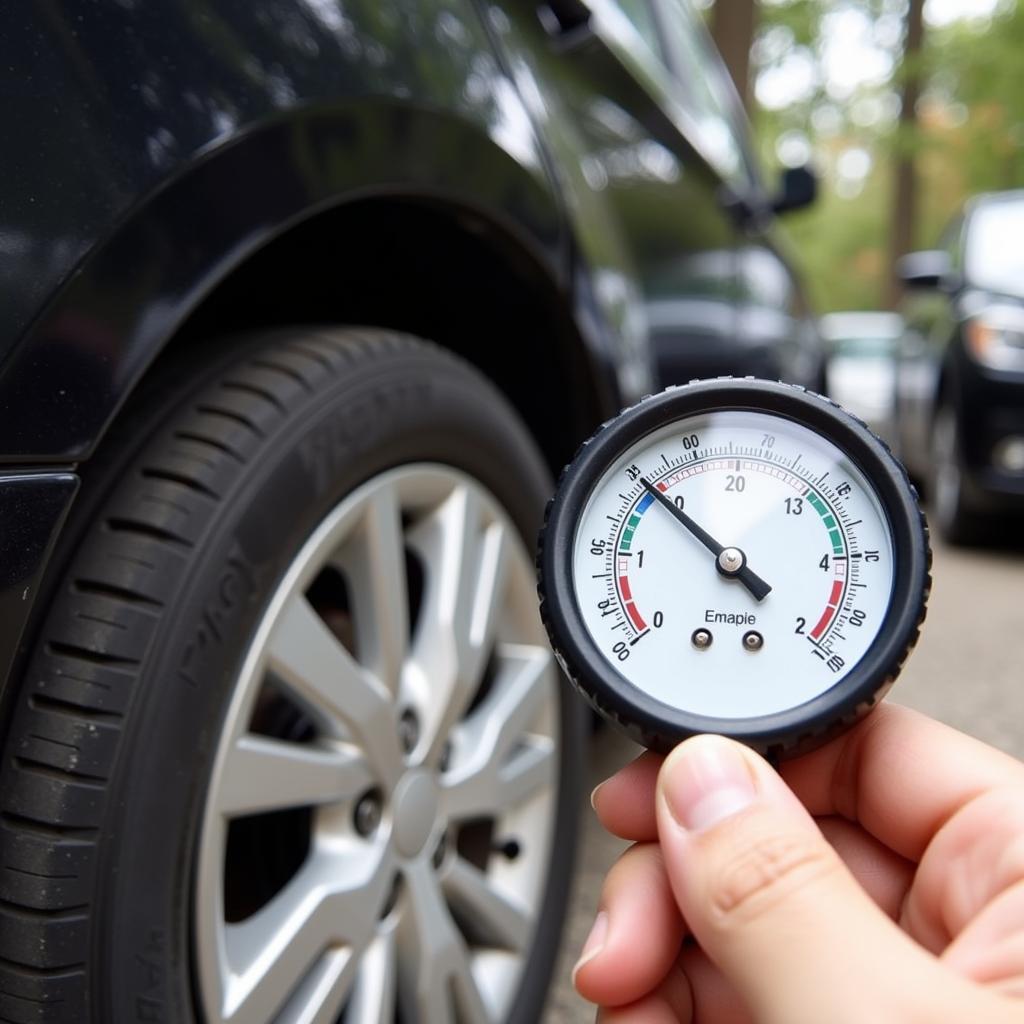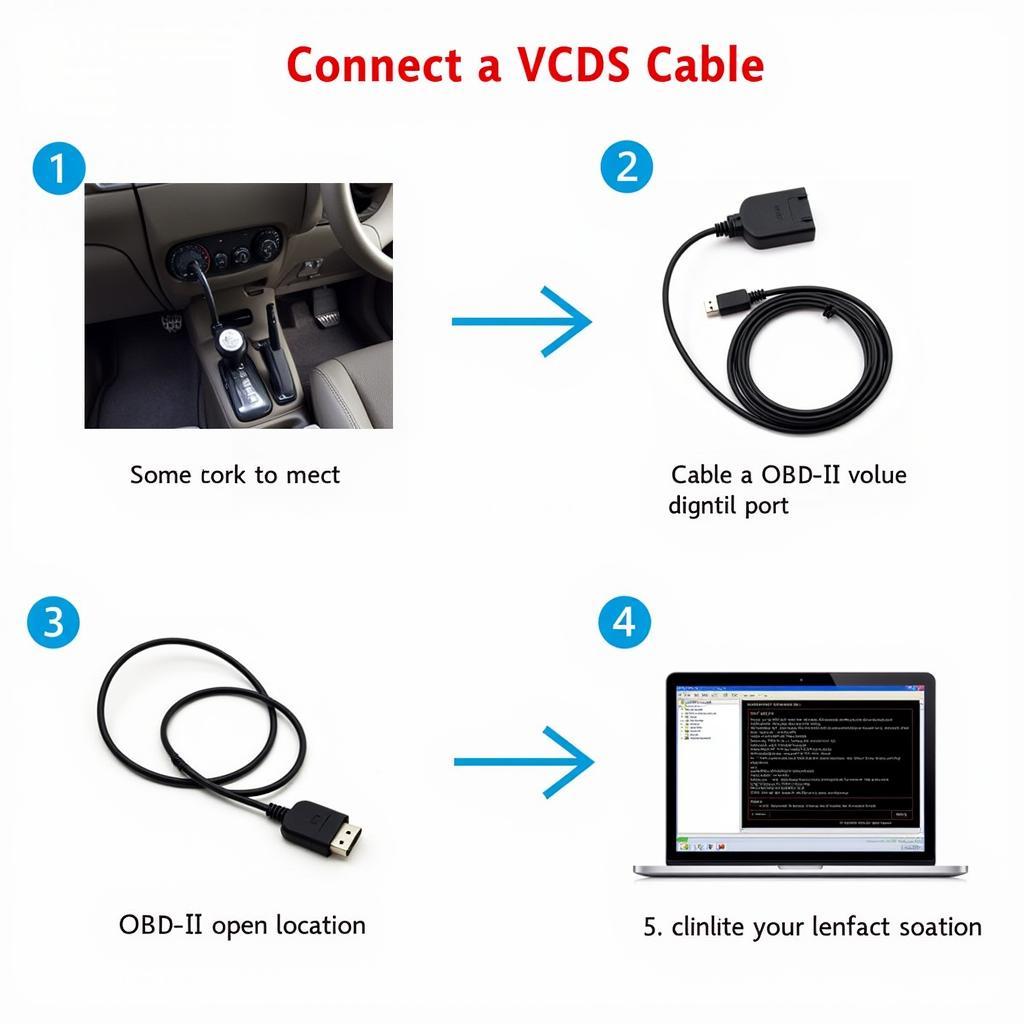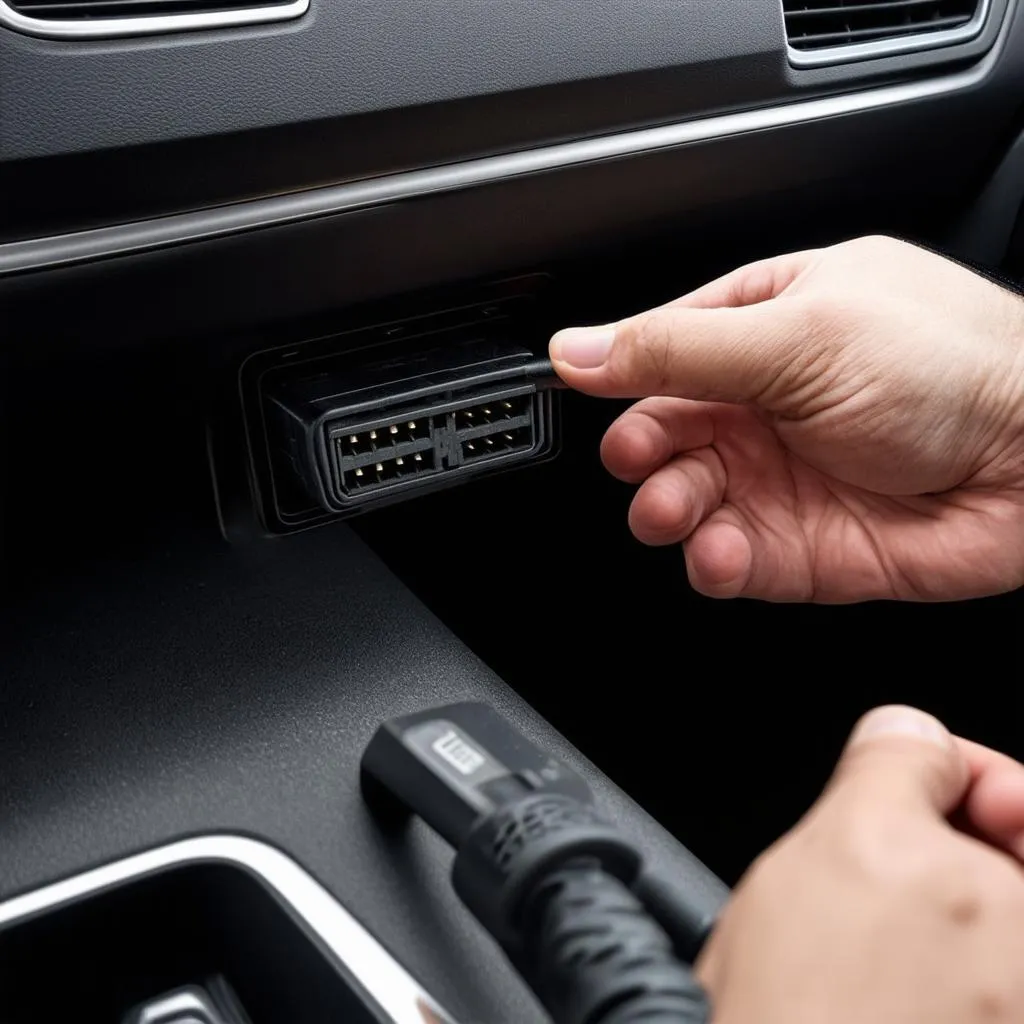Disabling your Tire Pressure Monitoring System (TPMS) with VCDS can seem daunting, but understanding the process and potential implications will help you make an informed decision. This guide delves into the details of using VCDS to disable TPMS, covering everything from the reasons you might want to do it to the steps involved and important considerations.
Why Disable TPMS with VCDS?
There are various reasons why someone might choose to disable their TPMS using VCDS. Some common reasons include switching to aftermarket wheels without TPMS sensors, persistent false alarms due to faulty sensors, or simply wanting to avoid the cost of replacing sensors. However, remember that TPMS plays a crucial role in safety by alerting you to low tire pressure, which can affect handling, braking, and fuel efficiency. Disabling it should be a carefully considered decision. After disabling your TPMS with VCDS, be sure to manually check your tire pressure regularly. You can explore more VCDS modifications in our guide to cool Volkswagen VCDS mods.
How to Disable TPMS with VCDS: A Step-by-Step Guide
Before starting, ensure you have the correct VCDS cable and software version compatible with your vehicle.
- Connect your VCDS cable to your car’s OBD-II port and your computer.
- Turn on the ignition but do not start the engine.
- Open the VCDS software on your computer.
- Select “Select Control Module.”
- Choose “17-Instruments.”
- Select “Coding – 07.”
- Locate the byte related to TPMS. This varies depending on your car model and year, so consult your vehicle’s specific coding documentation.
- Modify the relevant bit within the byte to disable TPMS. Again, refer to your car’s documentation for the correct bit to change.
- Click “Do It!” to apply the coding changes.
- Clear any fault codes related to TPMS that may appear.
- Test to confirm the TPMS warning light is no longer illuminated.
Remember, this process can be complex and requires careful attention to detail. Incorrectly coding your vehicle could lead to unintended consequences. If you’re unsure about any step, consult a qualified VCDS specialist. For more specific information related to the Tiguan, check out our VW Tiguan VCDS guide.
Important Considerations Before Disabling TPMS
Disabling TPMS might have legal implications in certain regions. Check local regulations to ensure compliance. Furthermore, consider the impact on your car’s resale value. Some buyers might view a disabled TPMS negatively.
What if I want to re-enable TPMS later?
Re-enabling TPMS simply involves reversing the coding process. Use VCDS to change the coding back to its original settings.
Is disabling TPMS with VCDS safe?
While disabling TPMS itself doesn’t directly cause safety issues, it removes a crucial safety warning. Therefore, it’s essential to maintain proper tire pressure manually and check regularly.
 Checking Tire Pressure with a Gauge
Checking Tire Pressure with a Gauge
Can I disable TPMS without VCDS?
Some vehicles allow disabling TPMS through the car’s settings menu. However, for many vehicles, VCDS is the only way to fully disable the system.
Expert Insights
“Disabling TPMS can be a valid choice in certain situations, but it’s crucial to understand the implications,” says automotive electronics specialist, John Miller. “Regular manual tire pressure checks are absolutely essential after disabling the system.”
Sarah Johnson, a seasoned mechanic, adds, “Always double-check your car’s specific coding information before making any changes with VCDS. A small mistake can lead to unexpected issues.”
Conclusion
Disabling TPMS with VCDS can be a useful tool for specific scenarios, like aftermarket wheel installations. However, carefully weigh the pros and cons, considering the safety and legal implications before proceeding. Remember, regular manual tire pressure checks become paramount once the system is disabled. If you’re uncomfortable with the process, seek assistance from a qualified technician.
FAQs
- What is VCDS? VCDS is a diagnostic and coding software for Volkswagen, Audi, Seat, and Skoda vehicles.
- Is it legal to disable TPMS? Legality varies by region, so check local regulations.
- Will disabling TPMS affect my car’s warranty? It might, so consult your dealer.
- How often should I check my tire pressure if TPMS is disabled? At least once a month.
- Can I install TPMS sensors in aftermarket wheels? Yes, but they may require programming.
- Why is my TPMS light flashing? This usually indicates a faulty sensor or low battery.
- What are the risks of driving with low tire pressure? Increased risk of accidents, reduced fuel efficiency, and premature tire wear.
Common TPMS Disable Scenarios
- Aftermarket Wheel Installation
- Faulty TPMS Sensors
- Avoiding Sensor Replacement Costs
Related Resources
- Check out our article on common VCDS modifications.
- Explore our VW Tiguan VCDS guide for model-specific information.
Need Help?
Contact us via WhatsApp: +1 (641) 206-8880, Email: CARDIAGTECH[email protected] Or visit us at: 276 Reock St, City of Orange, NJ 07050, United States. We offer 24/7 customer support.


